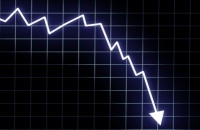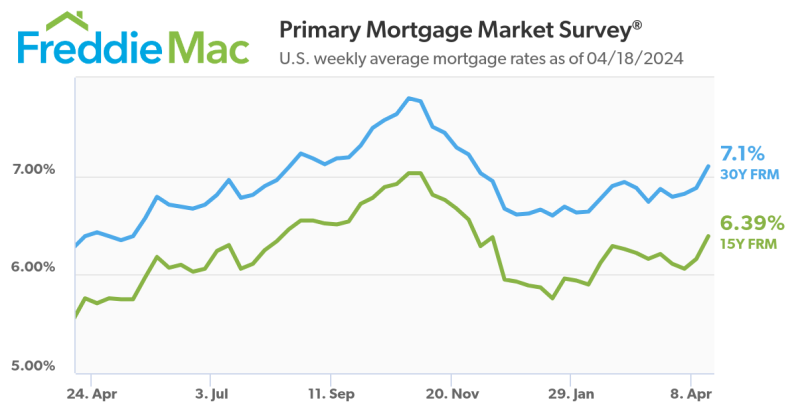Advertisement
Mortgage Rates Near Their 60-Yr Low As They Draw Closer to Four Percent Mark

According to the latest Primary Mortgage Market Survey (PMMS) from Freddie Mac, fixed-rate mortgages remain near their 60-year lows, as ongoing investor concerns over the European debt market kept Treasury bond yields low. The 30-year fixed-rate mortgage (FRM) averaged 4.09 percent, with an average 0.7 point for the week ending Sept. 15, 2011, down from last week when it averaged 4.12 percent. Last year at this time, the 30-year FRM averaged 4.37 percent. The 15-year FRM averaged 3.30 percent this week, with an average 0.6 point, down from last week when it averaged 3.33 percent. A year ago at this time, the 15-year FRM averaged 3.82 percent.
"Continued investor concerns over the state of the European debt markets kept U.S. Treasury bond yields low and allowed mortgage rates to ease once more this week, "said Frank Nothaft, vice president and chief economist for Freddie Mac. "In comparison, the average interest rate of mortgages outstanding in the second quarter was 5.28 percent. By refinancing into today's 30-year fixed mortgage, homeowners could shave almost $1,715 a year in interest payments on a $200,000 loan."
The PMMS also found that the five-year Treasury-indexed hybrid adjustable-rate mortgage (ARM) averaged 2.99 percent this week, with an average 0.6 point, up from last week when it averaged 2.96 percent. A year ago, the five-year ARM averaged 3.55 percent. The one-year Treasury-indexed ARM averaged 2.81 percent this week with an average 0.6 point, down from last week when it averaged 2.84 percent. At this time last year, the one-year ARM averaged 3.40 percent.
"Apart from just fixed-rate mortgages, various other interest rates are at or near all-time historical lows as well," said Nothaft. "Both the 10-year constant-maturity Treasury bond and AAA-rated seasoned corporate bond yields were at 50-year lows over the week ending September 9th. In addition, the one-year constant-maturity bill, a popular index for ARMs, hit its nadir over the week of September 2 since data began in 1952."
About the author





